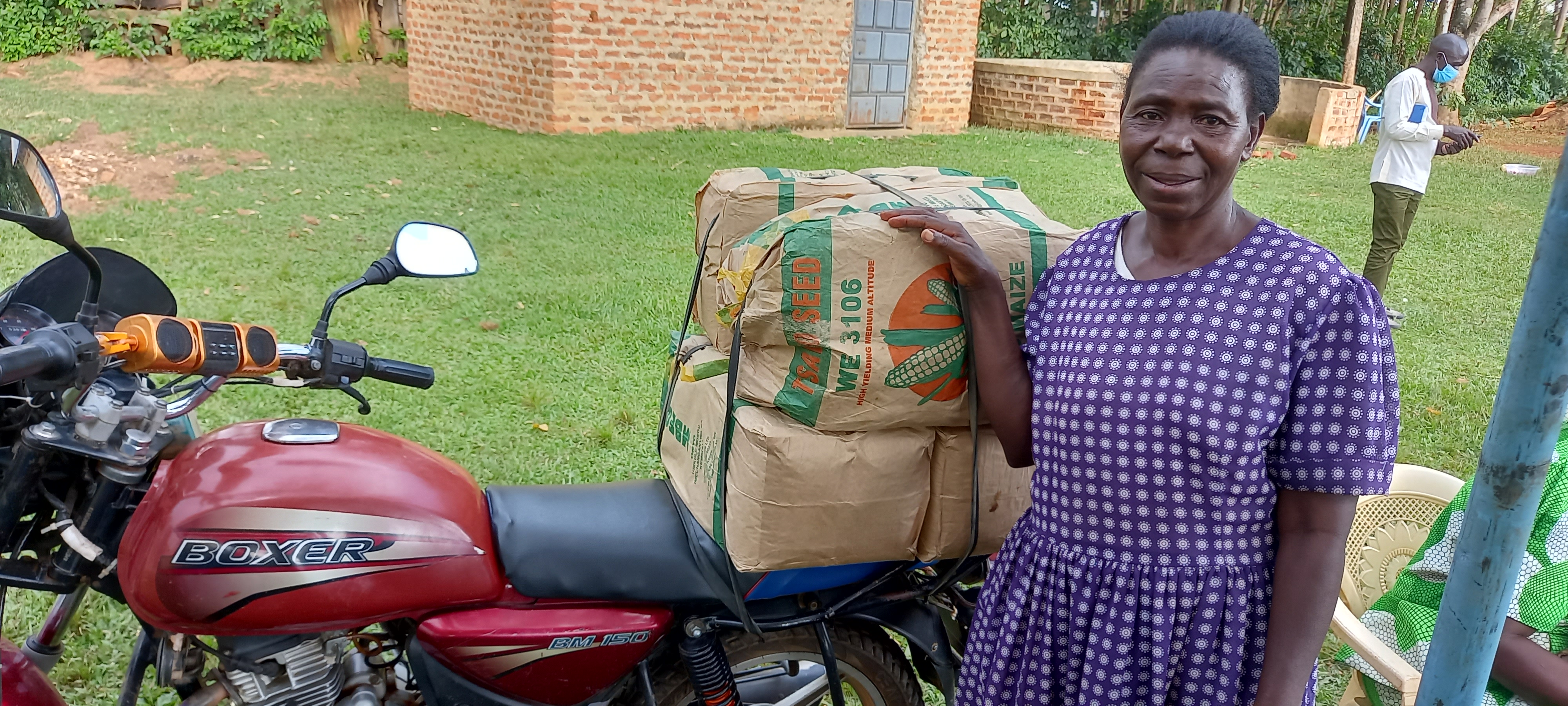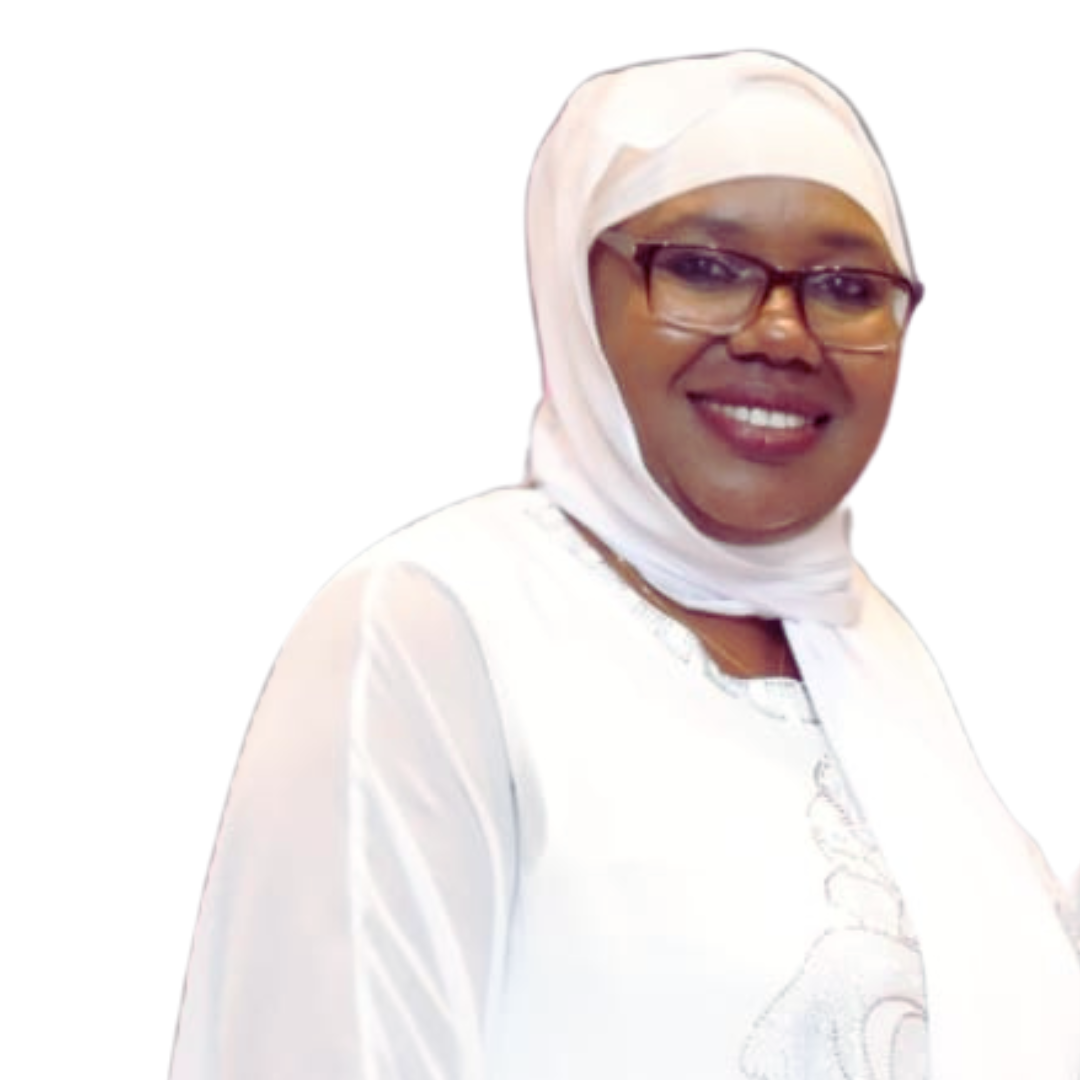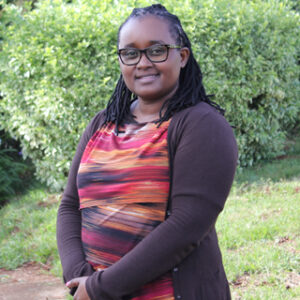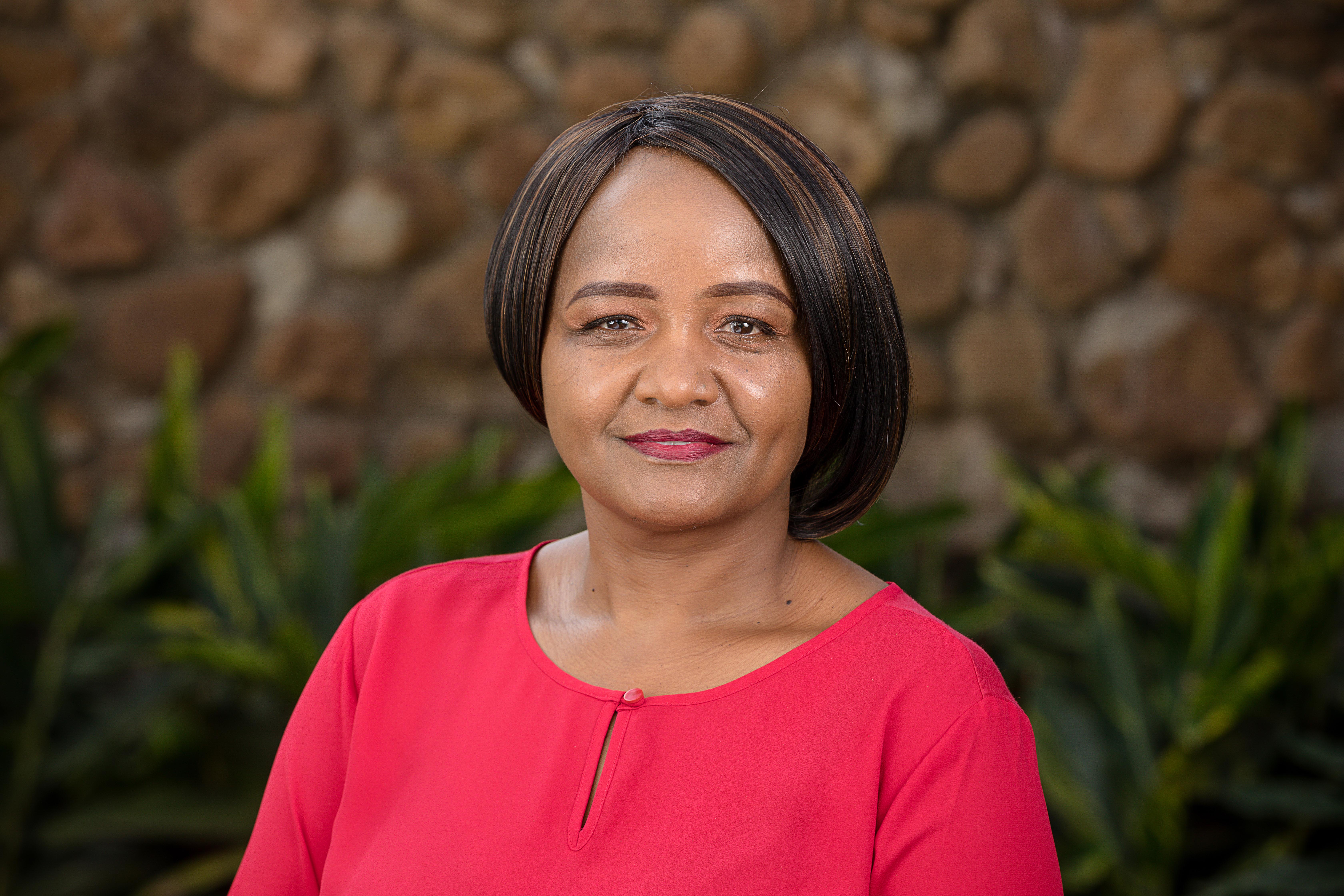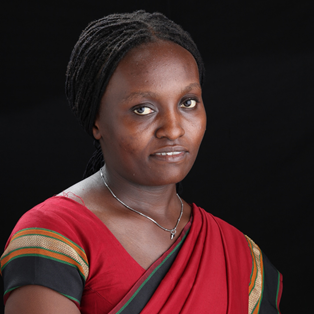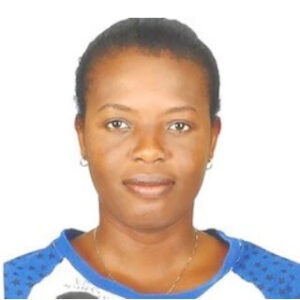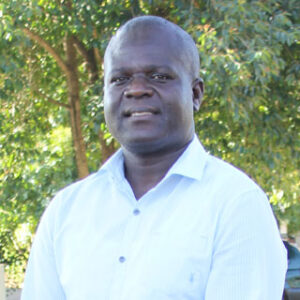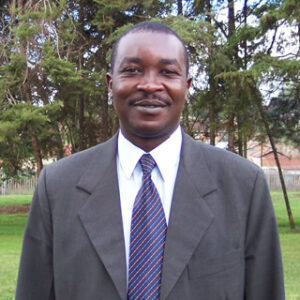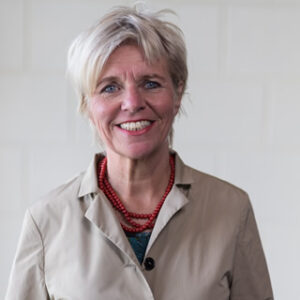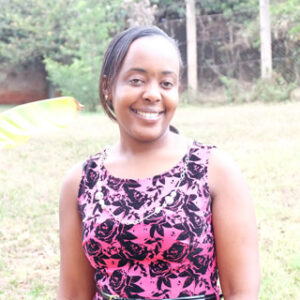Maize farming is new to Mzee Fredrick Anjawa, a 72-year-old farmer in Sabatia area of Kakamega County. Like most villages in Kakamega county, Sabatia was big in sugarcane production in gone days. It primarily supplied Mumias Sugar Factory – in its heyday an iconic sugar miller in Kenya. Then the sugar sector was invaded by fraud and poor management. The industry crashed. Farmers turned to alternative means of making a living.
What followed was a journey that transformed Anjawa from a low-income earner to a full-fledged commercial maize farmer.
A local community-based organization approached Anjawa with a proposal for him to work with them on research on a new maize variety on trial. He was asked to donate a piece of land for the research.
“I did not know what to expect from this experiment. I reluctantly gave out a quarter of an acre on which I had planted local maize varieties that were not doing very well,” he says.
At that time, the local NGO, Rural Outreach Africa (ROA), started partnering with AATF to test drought-tolerant maize varieties under the Water Efficient Maize for Africa (WEMA) project.
Anjawa experimented with WE4141, one of the varieties produced from the WEMA project and traded by Gicheha Farms under the trade name Tsavo. This variety matures in under four months. It gives the farmer a quick return for his work. Anjawa was quite impressed to see the little piece of land yielding over 10 bags of maize, way better than he ever achieved with the earlier varieties.
On realising that the maize varieties were performing well in the region, he increased his acreage under maize, planting two acres in 2021. In the same year, luck came smiling. He produced 80 bags from two acres. This harvest was a big success despite the area experiencing fewer rains than normal. Most farmers barely harvested anything.
A bag of maize in the region is currently retailing at Ksh3,000. Accordingly, Mzee Anjawa has a potential maize revenue of Ksh 240,000 after only three months of cultivation. He guards his maize store jealously. He rarely allows anyone close to it.
He has used the proceeds from previous harvests to improve the quality of his life by building a new house and he is currently refurbishing another house for his sons.
Maize production in Kakamega County, West of Kenya, is relatively lower, compared to the neighbouring counties of Bungoma and Trans Nzoia to the north. Getting 25 bags of maize from an acre is a tall order in this county, where maize is, nonetheless, the main staple. Farmers in Trans Nzoia and Bungoma easily reach 40 bags per harvest.
This lower-than-average production of maize has been attributed to the prevalence of weeds, poor agronomical practices and a lack of varieties that are suited to the varied ecological zones in the country. The region is also experiencing a change in weather patterns with farmers unable to march the weather to a variety effectively.
The increased demand for maize and the rise in the costs of animal feeds has led to new thinking among researchers. They are now breeding maize varieties that mature early, have a drought tolerance component and whose stalks remain green, even after maturity, hence benefitting dairy farmers.
On a different farm in Butere area in Kakamega, we met Josephine Shitseswa, who practices mixed farming. Over time, she had relied on Napier grass to feed her livestock. She noticed that her field of maize remained green even after her maize was harvested.
“From my quarter-acre piece of land, I was able to produce eight bags of maize, something I had never been able to do. It also surprised me, because it left me with enough green stalks to feed my dairy animals on,” an elated Shitseswa said.
She now plans to increase the land under maize from a quarter acre to at least one acre, to meet her animal feeds needs. She also used the money from the sale of the maize crop to buy a new dairy animal.
In the same period, African Development Bank (AfDB), launched the Maize Compact of the Technologies of African Agricultural Transformation (TAAT) Project. AATF was the lead implementer to scale out and disseminate water-efficient and other climate-smart maize varieties, and complementary technologies across 11 countries in Africa.
The Programme Officer at AATF, Caleb Obunyali, was keen to introduce varieties that would boost production in the region as well as offer an extra form of income.
“We choose to use the WEMA varieties because of their capacity to withstand prolonged periods of reduced rains, as well as their ability to have a stalk that remains green even after the cob has matured. This stay-green technology was essential in production of animal feeds as silage as well as making organic manure,” says Obunyali.
WEMA has developed more than 80 drought-tolerant (climate-smart) maize varieties adapted to the prevailing weather conditions and diseases in different regions. The commercial seed company Tsavo has introduced in the Kakamega region two successful varieties.
“The stay-green attribute is a drought tolerance technology present in all WEMA varieties, which have now been commercialized by local seed companies. The plant is able to retain enough water in the stalk to withstand any change in the weather. The green stalk is good for the dairy farmers,” adds Obunyali.
Obunyali says that research has not stopped there and researchers at AATF are looking at ways of ‘stacking-up’ genes on the drought-resistant maize, to ensure that it produces more benefits to the farmers. Gene stacking refers to combining two or more genes of interest into a single plant.
In this case, Obunyali says, WEMA maize varieties already have drought tolerance genes. They can also be stacked up with a gene that repulses the Stemborer pest, that devastates maize in this region. Though this research has not been rolled out to the farmers, he believes this will be a great way of addressing farmers’ needs.

